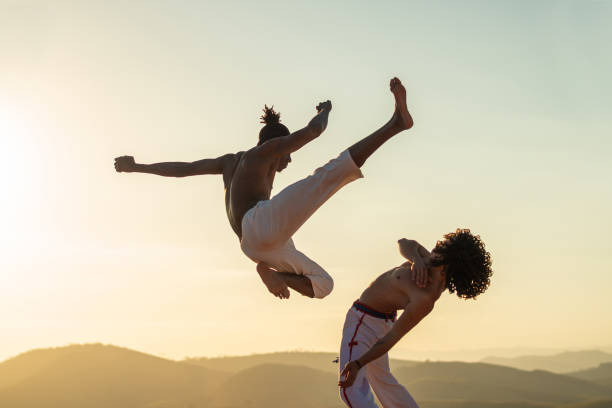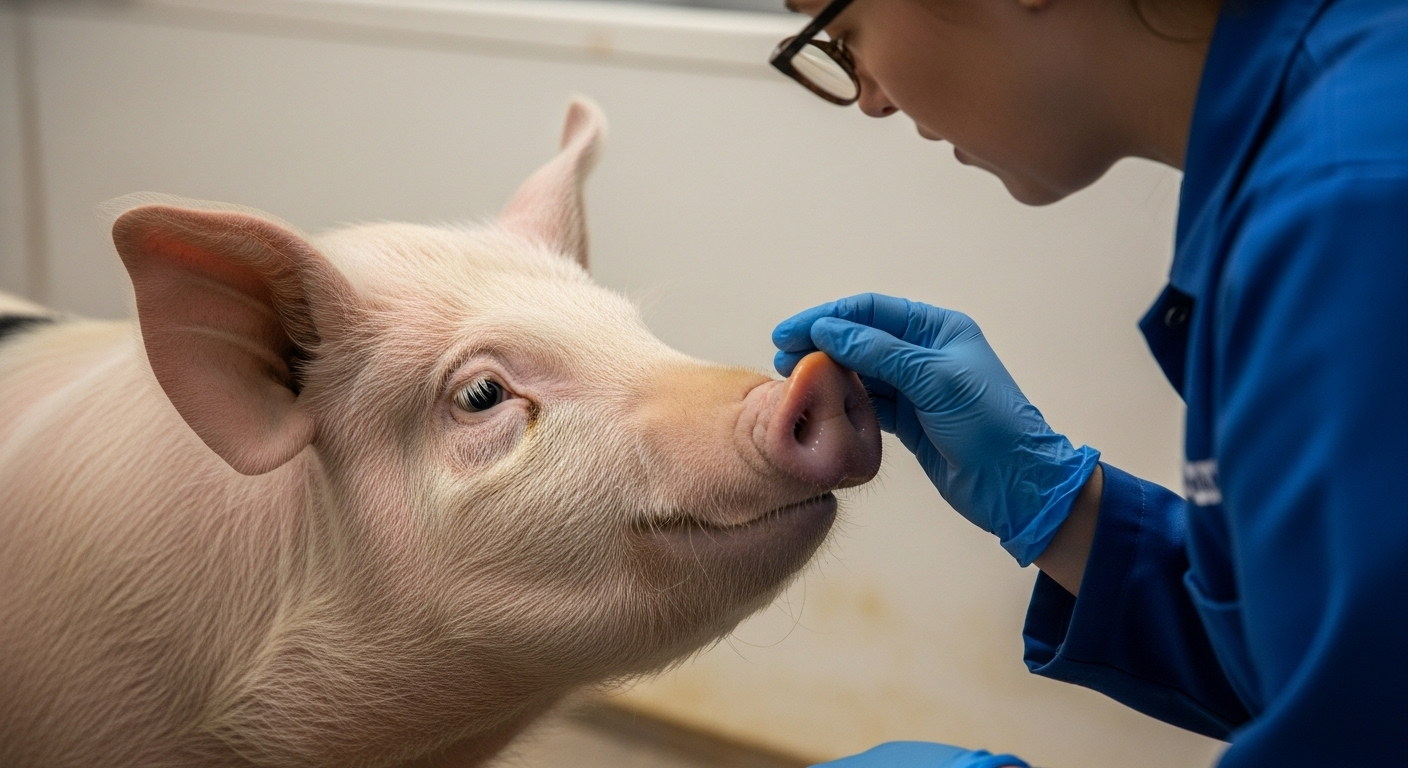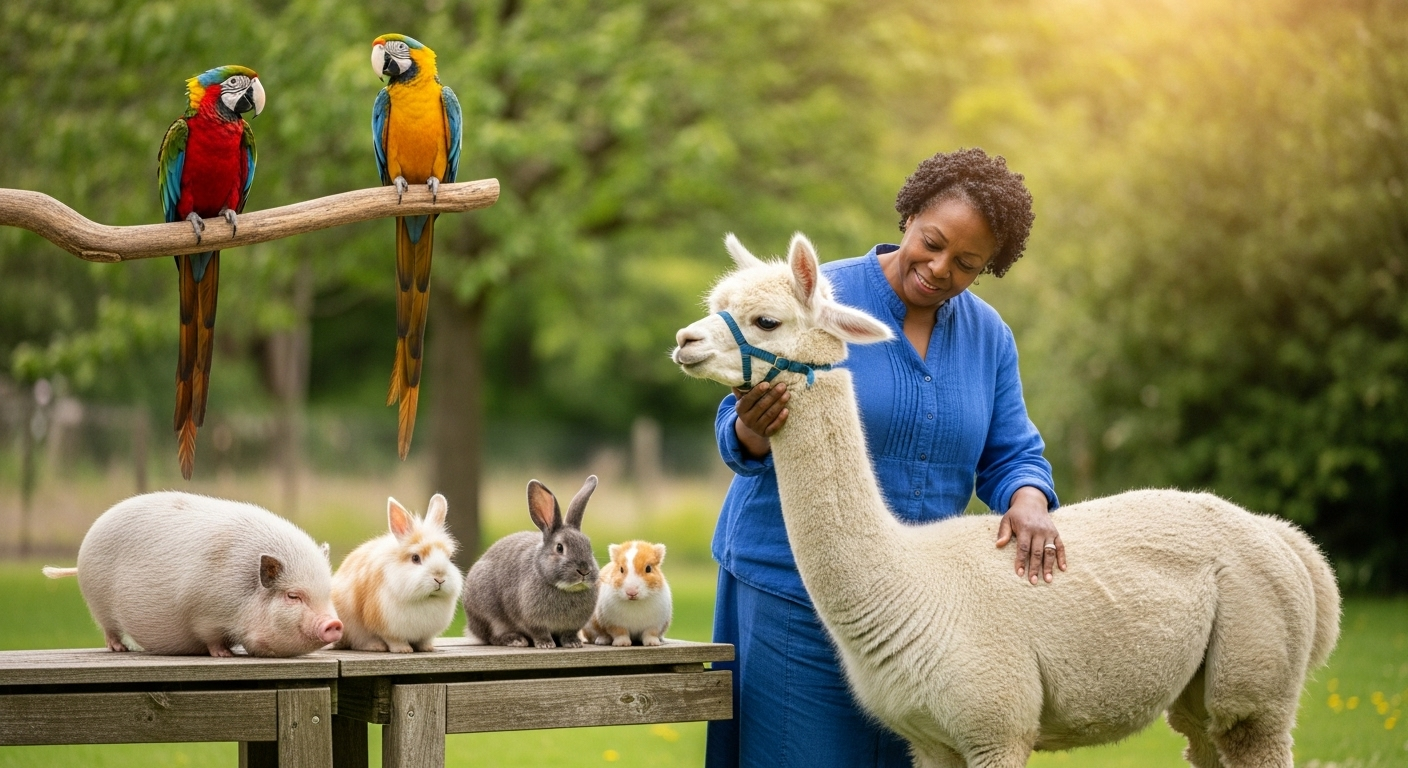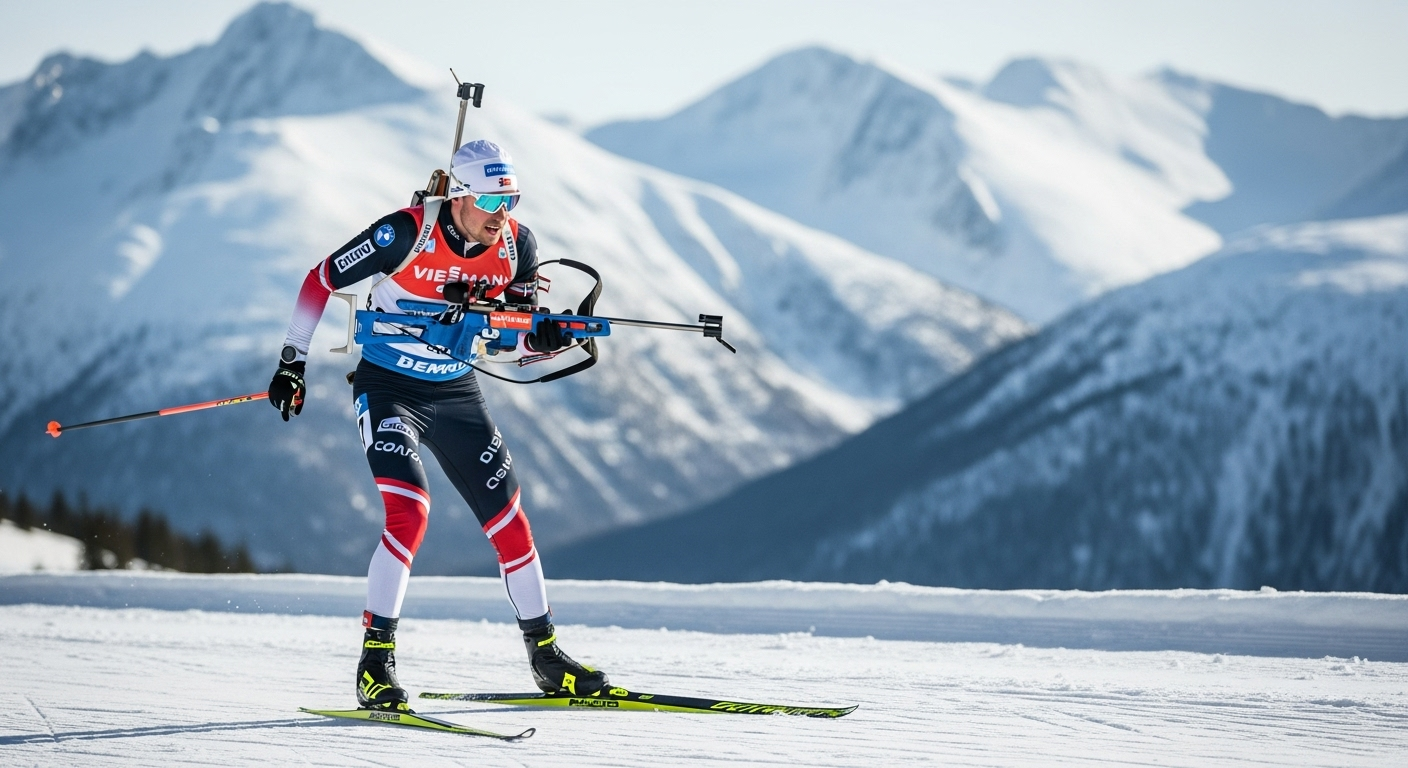Unraveling the Intricacies of Capoeira: An Enthralling Fusion of Sport and Culture
The athletic world is brimming with an array of sports, each with its unique charm and complexity. Among these, Capoeira—a Brazilian martial art that combines elements of dance, acrobatics, and music—stands out as a fascinating and richly layered discipline. Through understanding Capoeira, we delve into a multifaceted world that embodies not only athletic prowess but also cultural heritage and social dynamics.

The Roots of Capoeira: A Historical Overview
Capoeira’s origins trace back to the 16th century during the Atlantic slave trade. African slaves in Brazil developed this martial art as a form of resistance and a means of preserving their cultural identity. Over time, Capoeira evolved, absorbing influences from Brazilian indigenous cultures and Portuguese martial arts. Despite its challenging past, marked by periods of prohibition and marginalization, Capoeira has emerged stronger, resonating worldwide as a symbol of resistance, empowerment, and cultural identity.
Capoeira Today: Global Appeal and Current Trends
In the contemporary global sports arena, Capoeira has gained recognition not only as a martial art but also as a form of holistic physical training. Its acrobatic movements promote strength, flexibility, and coordination, while the rhythm and expressiveness of the dance stimulate creativity and emotional well-being. Today, Capoeira schools are mushrooming worldwide, indicating its growing popularity and the increasing recognition of its benefits.
Capoeira as a Training Method: Benefits and Challenges
Capoeira provides a comprehensive workout that enhances physical strength, flexibility, endurance, and rhythm. The practice also fosters mental resilience, concentration, and social skills. However, mastering this art form can be challenging. It requires consistent practice to synchronize the intricate movements and music while adapting to the fluid, improvisational nature of the game.
Capoeira in Action: Real-World Applications
Beyond the Capoeira circle, the skills and values learned from this martial art have real-world applications. The emphasis on agility and reflexes can enhance performance in other sports. The focus on communal respect and cooperation promotes social harmony. Furthermore, the cultural and historical aspects of Capoeira offer enriching insights into Afro-Brazilian heritage, contributing to broader understanding and respect for cultural diversity.
Science and Capoeira: A Research Perspective
Scientific studies have validated the benefits of Capoeira. Research indicates that regular Capoeira training can improve cardiovascular health, musculoskeletal strength, balance, and cognitive functions. It also promotes psychological well-being by reducing stress and enhancing self-esteem. However, like any physical activity, potential risks such as injuries must be managed through proper training techniques and safety measures.
In conclusion, Capoeira is more than a sport—it’s an enthralling fusion of athleticism, culture, and history. It challenges us physically, enriches us culturally, and connects us to a poignant chapter in human history. In exploring Capoeira, we discover an inspiring testament to the human spirit’s resilience, adaptability, and creativity.




